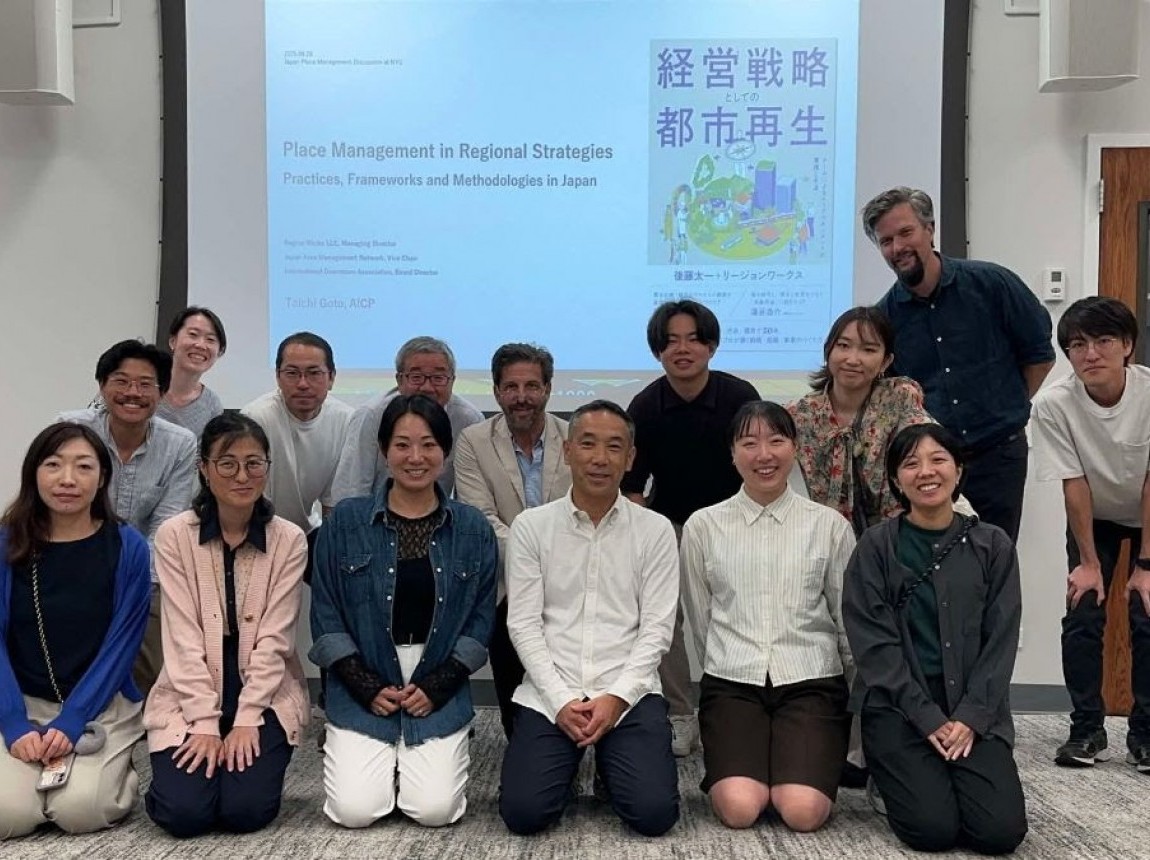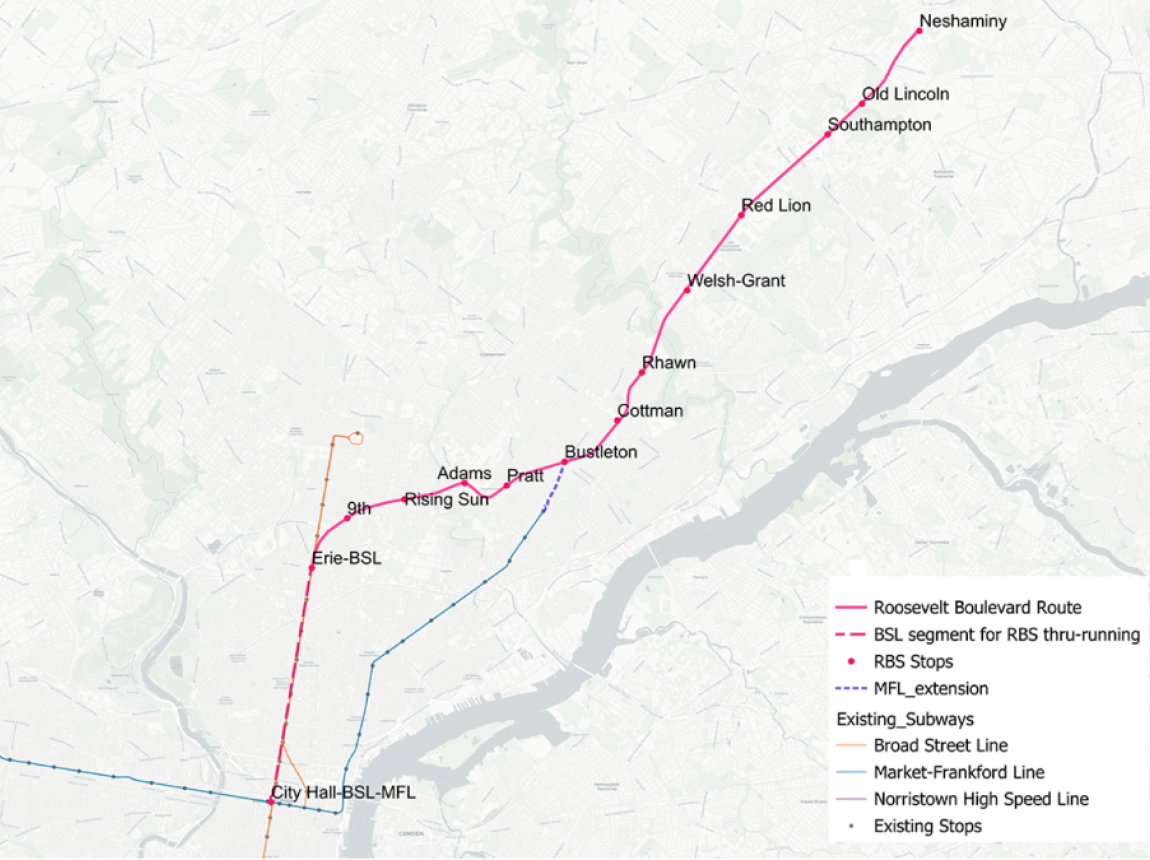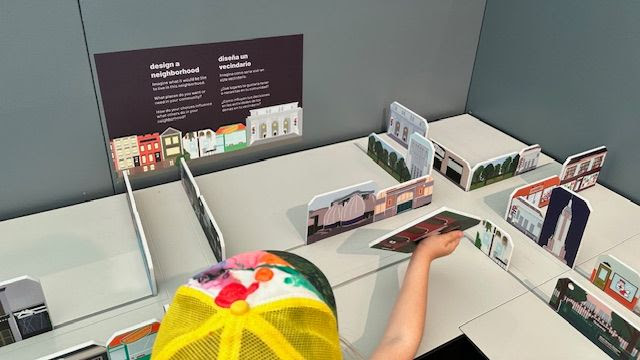Related

Eric Goldwyn Debates Free Buses
on The Brian Lehrer Show
What U.S. Cities Can Learn from Istanbul
on Building Urban Rail

Let’s Make Muni’s 49 Van Ness/Mission Bus Work
for San Francisco
Five Proposals
to Make Government Spending on Transportation More Efficient

Times Square Casino Would Be a Mistake

Should the Bus Be Free?
Transit Advocates Are Divided

China’s Urban Planners
Could Determine the Future of City Life

Jonathan English
Offers Solutions for the Slow Spadina Streetcar

Jonathan English
on the Reasons for Depressing US Train Stations

Alon Levy Interviewed by The Wall Street Journal

Eric Goldwyn Calls on Zohran Mamdani
to Rethink Free Bus Pledges
Could Cable Cars Help
Fix Traffic Problems in Canada?
Will Amtrak Ever Improve
Its Northeast Corridor through Providence? Where It Stands.
As New York City Debates Free Buses,
Westchester County Cracks Down on Fare Evasion

The $130 Billion Train That Couldn’t

Finances and Laws Complicate
Cuomo’s City Transit System Proposal

Ahead of Planned $7.6B Subway Car Buy,
MTA Looks Abroad for Lessons
Children, Youth and Families Conference
Hosted by Dallas County Court Services

Jonathan English
on the High Cost of Canadian Elevators

NYU News Profiles Civic Analytics’
311 Reporting Bias Study
Jodie Adams Kirshner on Worker Reskilling

Ontario’s OneFare Program Sees 35 Million Trips in
First Year, Saves Riders and Boosts Transit Use

California's Failure to Complete High-Speed Rail

Questions Swirl around Amtrak Takeover of Penn
Station Redevelopment

DFW’s Sprawling Debate: Can We Grow Without
Getting Stuck in Traffic?

Alto: A More Connected Canada Starts With
High-Speed Rail

How Did This Suburb Figure out Mass Transit?

When Brute Force Fails

MTA Seeks $33 Billion as New York Subway
Faces Aging Infrastructure and Rising Debt

Building Transit in Canada Has Gone Off-Track

After Hours with Jamie Rubin:
A Conversation with Ed Glaeser

Meet the Man Who Will Keep
the Massive Gateway Rail Tunnel on Time and Budget

MTA Applies Lessons
from Costly First Phase of Second Avenue Subway

Congestion Pricing’s Biggest Booster
Prepares to Take on the White House

Cracking the Code:
One Man’s Quest to Fix the Way We Build






















































